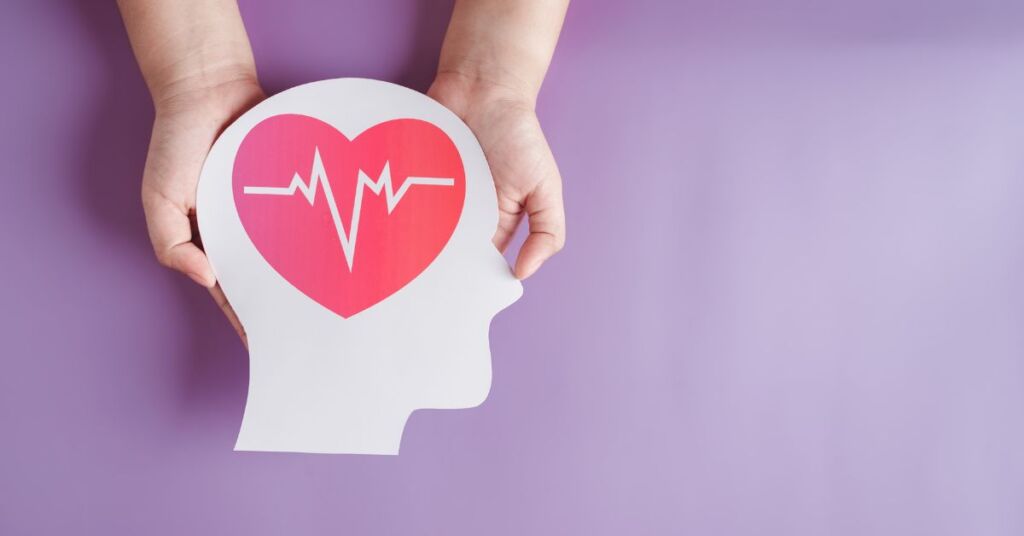World Stroke Day: Understanding Symptoms, Treatment And Prevention

29th October marks World Stroke Day, a day dedicated to raising awareness about stroke, its symptoms, treatment, and prevention. Strokes are a leading cause of death and disability worldwide, affecting millions of people every year.
Despite the alarming statistics, many strokes can be prevented with lifestyle changes, and quick treatment can significantly improve outcomes. Understanding the warning signs and acting swiftly is crucial to saving lives.
What is a Stroke?
A stroke occurs when blood flow to the brain is interrupted, causing brain cells to die from a lack of oxygen and nutrients.
There are two primary types of strokes:
- Ischaemic Stroke: This is the most common type, caused by a blockage in a blood vessel supplying blood to the brain. The blockage is often the result of a clot or plaque buildup.
- Hemorrhagic Stroke: This occurs when a blood vessel in the brain bursts, leading to bleeding in or around the brain. This type of stroke is less common but more deadly.
There’s also a condition called a Transient Ischemic Attack (TIA), often referred to as a “mini-stroke.” It’s caused by a temporary blockage of blood flow to the brain and typically resolves itself within minutes or hours. TIAs are serious warning signs of a potential future stroke.
Recognising Stroke Symptoms: B.E. F.A.S.T.
The key to minimising stroke damage is recognising the symptoms quickly. The acronym B. E. F.A.S.T. helps people remember the signs:
- B- Balance: Is the person losing balance and coordination or falling to one side suddenly?
- E- Eyes: Is the person experiencing a sudden complete visual loss from one eye, or suddenly seeing double?
- F – Face: Is one side of the face drooping or numb? Ask the person to smile and see if the smile is uneven
- A – Arms: Is one arm weak or numb? Ask the person to raise both arms and check if one drifts downward
- S – Speech: Is speech slurred or hard to understand? Ask the person to repeat a simple sentence.
- T – Time: Time is critical. If you notice any of these symptoms, call emergency services immediately. Every second counts in preventing permanent brain damage.
Other potential symptoms can include sudden confusion, vision problems, dizziness, loss of balance or coordination, and a severe headache with no known cause.
Stroke Treatment
The success of stroke treatment depends heavily on how quickly it is administered. The faster treatment begins, the greater the chances of minimising brain damage.
1.Ischemic Stroke Treatment:
- Thrombolytics (clot-busting drugs): The most common treatment for ischemic stroke is the administration of a tissue plasminogen activator (tPA). This medication dissolves the clot and restores blood flow, but it must be given within 4.5 hours of symptom onset.
- Mechanical Thrombectomy: In some cases, doctors may physically remove the clot using a catheter threaded through an artery to the brain. This procedure is most effective when performed within six hours but can sometimes be extended to 24 hours.
2.Hemorrhagic Stroke Treatment:
- Surgical Intervention: In some cases, surgery may be required to relieve pressure on the brain caused by bleeding.
- Medications: Doctors may administer drugs to lower blood pressure or prevent seizures to stabilise the patient.
3. Post-Stroke Rehabilitation:
Stroke recovery often involves long-term rehabilitation to regain lost skills. This may include physical therapy, speech therapy, and occupational therapy to help patients relearn everyday tasks and improve mobility.
Preventing Strokes
Up to 80% of strokes are preventable through lifestyle changes and managing underlying health conditions. Here are the most effective ways to reduce stroke risk:
- Control High Blood Pressure: High blood pressure is the leading risk factor for stroke. Regularly monitor your blood pressure and manage it through diet, exercise, and, if necessary, medication.
- Maintain a Healthy Diet: Eating a balanced diet that is rich in fruits, vegetables, whole grains, lean proteins, and low in salt can help prevent strokes. Reducing salt intake lowers blood pressure, while a diet rich in omega-3 fatty acids supports heart health.
- Exercise Regularly: Aim for at least 150 minutes of moderate-intensity exercise each week. Regular physical activity helps maintain a healthy weight, lowers blood pressure, and improves cardiovascular health.
- Quit Smoking: Smoking significantly increases stroke risk by damaging blood vessels and promoting blood clots. Quitting smoking can lower your risk of stroke within months.
- Manage Diabetes: Uncontrolled diabetes can damage blood vessels and increase the likelihood of stroke. Keeping blood sugar levels in check through medication, diet, and regular check-ups is essential for stroke prevention.
- Limit Alcohol Consumption: Excessive alcohol intake raises blood pressure and contributes to conditions that increase stroke risk. Limiting alcohol to moderate levels (one drink per day for women, two for men) can help.
- Monitor Atrial Fibrillation: Atrial fibrillation (AFib), an irregular heartbeat, increases the risk of clots forming in the heart, which can lead to an ischemic stroke. If diagnosed with AFib, medication and medical interventions can significantly reduce stroke risk.
The Importance of Awareness
Despite medical advances, many people are unaware of the symptoms and treatment options for strokes. Early recognition and rapid response can mean the difference between life and death, or between full recovery and lifelong disability. That’s why World Stroke Day emphasises education, encouraging individuals and communities to learn the signs, share the knowledge, and take preventative actions to reduce the global burden of stroke.
Remember, Time Lost is Brain Lost. By acting fast and taking preventive measures, we can collectively reduce the devastating impact of strokes on individuals and society. Spread the word this World Stroke Day, and help save lives.
Lovin Malta is open to interesting, compelling guest posts from third parties. These opinion pieces do not necessarily reflect the views of the company. Submit your piece at [email protected]
